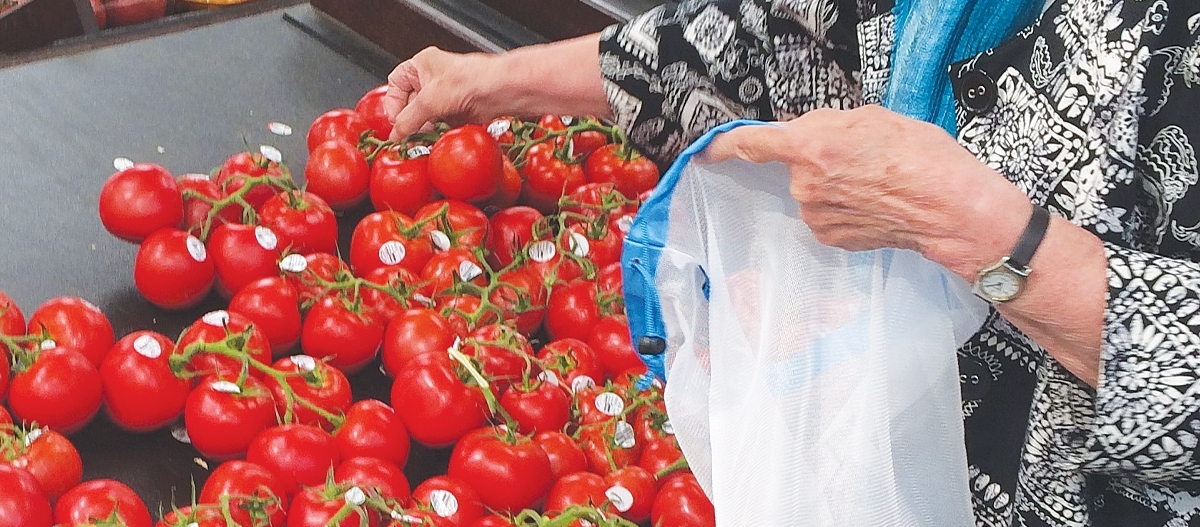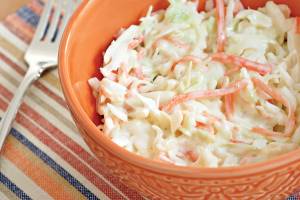By SUZANNE WARING
Plastic microparticles have been found in the Gallatin River. Yes, the pristine Gallatin River that originates in the Montana mountains and flows for 120 miles through some of the most beautiful terrain in the United States. Of all the rivers in the country, you would think that the Gallatin would still be pure.
Volunteers for Adventure Scientists, a Bozeman-based nonprofit, collected water samples from the Gallatin to gather environmental data, especially data on microplastics. Results show that, on the average, 1.2 microplastic pieces are found in each liter of collected water. Putting collected water in perspective, comparing it to the amount flowing down the river, indicates that a lot of microplastic trash is in the river.
If we find plastic in the Gallatin, how much would we find as trash across our country?
We once celebrated the invention of plastics that would eventually be found in every imaginable product. Remember the first time you snapped shut a plastic bowl lid, knowing that your food would be kept fresh in the refrigerator? It seemed like pure pleasure to have oil, soda pop, water, and condiments sold in throwaway containers.
Now we know that when we throw away plastic, it takes hundreds of years for it to disintegrate.
Since its inception in the 1950s, nine billion tons of plastic have been manufactured. Our landfills and oceans are clogged with plastic. It is expected that plastic in the oceans will, in the near future, outweigh the fish.
We need to have better practices for collecting and recycling plastics. Presently, we only recycle between 2 to 9 percent of the plastic we use. Innovative companies and research labs are working on methods for decomposing plastics and replacing them with new materials that break down more quickly, such as plant-based biopolymers in fabrics.
The general population can make its contribution by choosing to avoid plastic altogether, especially single-use plastic, or finding unique ways to reuse it.
Straws
I have noticed that restaurant waiters are now asking me if I need a straw. No, I don’t, so I sip from the glass. I have found a use for the straws that still seem to follow me home. I use them year after year to support young plants that I start in my potting shed.
If you really like to use them, you can also purchase reusable straws—made of stainless steel, glass, bamboo, paper, or silicon—to carry with you and and use when you go out.
Plastic cottage cheese and sour cream containers
Many containers hold exactly 2 cups, so I can put chopped rhubarb and ground zucchini in them to freeze. They are premeasured and ready to put into recipes. Instead of the commercial storage containers, my freezer has shelves of what were single-use, plastic two-cup containers.
Commercial food containers
We bought cardboard containers of frozen orange juice for years and diluted them with water. I don’t know when we switched over to the 100-percent orange juice in plastic containers, but today, I have gone back to the frozen, and it tastes just as good. It may cost more to transport frozen products, but at least these concentrated items aren’t sold in plastic.
Items such as coffee and condiments are still available in containers other than plastic. Recently I had a choice of buying quinoa in either a cardboard box or a plastic bag. I chose the cardboard box.
Sometimes you have to buy the lesser of two evils. Some companies now sell liquid laundry soap in cardboard containers, but they do have a thin layer of plastic inside. Regardless, this is better than the heavy plastic laundry soap containers.
Also, can’t we go back to buying milk in paper cartons or, better yet, reusable glass containers?
Buying wisely also means looking at the container. Purchasing containers made of materials other than plastic sends a powerful message to food manufacturers that the general public will pay more to avoid single-use plastic.
Grocery Store Bags
When I was in the Netherlands, I saw a young man rush past our touring group. A few minutes later I saw him going back the other direction. Then I saw him going in the first direction, but this time he had a shopping bag. Observing this young man’s resolve gave me the mindset that I should also make the effort to use cloth reusable shopping bags.
If we don’t have our own bags when we are traveling in Canada, we are charged for each plastic bag. Some grocery stores don’t even offer plastic or paper bags, instead offering their discarded cardboard boxes for customers to pack their groceries into.
I launder my shopping bags periodically and store them in my car. I recently conducted a very unscientific survey. While my husband was checking our groceries, I surveyed others who were also checking out. Even with all the publicity, very few people carried their own grocery bags. One clerk even told me that, at the most, only 5 percent of the store’s customers carry their own bags.
Using our own shopping bags is one of the easiest ways to reduce the use of plastic. If you routinely carry bags into the grocery store, take the next step and carry them into other retail stores.
Plastic water bottles
My husband and I avoid using plastic water bottles at all costs. We carry our own cups and use city water, which, if the reports are correct, is better for us anyway.
Plastic isn’t going away, but we can do much to eliminate single-use plastic by avoiding it or finding new ways to reuse it. MSN









